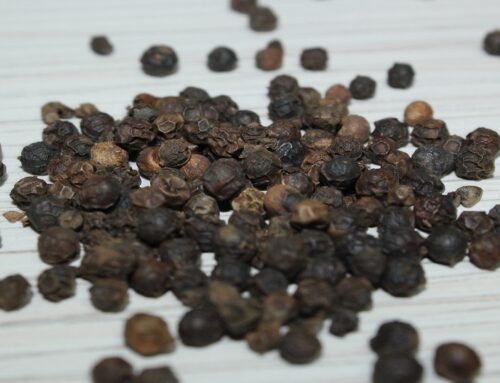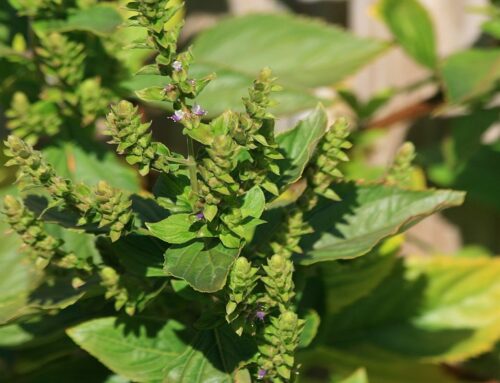Flavour is a sensory phenomenon which is a combination of the sensations of the taste, odour, aroma, heat and cold, and texture of the foods. There are four basic tastes: salty, sweet, sour, and bitter.
Flavour Compounds
- Flavonoids
- Terpenoids
- Sulphur compounds
- Other volatile components
Flavonoids: Flavonoids are responsible for the flavour of many fruits. Orange, lemon and grapefruit peels contain a number of flavanone glycosides. Among these, hesperidin(orange and lemon)and naringenin (grapefruit) are the most common. Hesperidin is quite tasteless,whereas naringenin has an extermely bitter taste.
Terpenoids: Terpenoids are major components of citrus oils in citrus fruits. Limonene, a monoterpene hydrocarbon present in citrus fruits constitutes approximately 90% of odor of citrus oils. Naturally occurring oxygenated terpnes (mainly alcohols, aldehydes and ketones) provide the characteristic flavour of individual citrus species.
Sulphur Compounds: Sulphur containing compounds posses powerful and distinctive odours which contribute to both the pleasant and unpleasant aroma of vegetables belonging to the genus allium (onion, garlic) and brassica (cabbage, cauliflower, Brussels sprouts, and broccoli). Volatile sulphur compounds are responsible for the odour of onion and garlic.
Other Volatile Compounds: Other than flavonoids, terpenoids, and sulphur compounds, there are other volatile compounds that contribute to food flavours; these are:
- Carbonyl compounds
- Acids
- Esters
- Hydroxy compounds
Carbonyl Compounds: Acetaldehyde contributes to the odour of butter, and hexanal to that of apples. Benzaldehyde is responsible for the aroma of almonds, cherries and peaches. Geranial is responsible for the odour of lemon. 2,3-butanedione contributes to the aroma of butter, celery and some other foods.
Acids & Esters
- Acid
- Acetic acid gives its characteristic odour to vinegar
- 2-methyl butyric acid gives the specific odor to cranberries
- Esters
- Fruit aroma is due to the presence of esters
- pentyl valerate (apple)
- methyl salicylate (grape)
- pentyl acetate (banana)
- octyl acetate (orange)
- butyl acetate(raspberry and strawberry)
Hydroxy Compounds: Various hydroxy compounds responsible for food flavors are:
- cis-3-hexen-1-ol (tomato and raspberry)
- 1-octen-3-ol (mushroom)
- Geosmin (dry beans and beetroot)
Flavours for Processed Foods
Food Flavours: Flavour is a sensory phenomenon which is a combination of the sensations of the taste, odor, aroma, heat and cold, and texture of the foods. There are THREE types of flavors for processed foods.
Types of Flavors for Processed Foods: The flavors of processed foods can be broadly classified into three types:
- Developed flavors
- Processed flavors
- Added flavors
Developed Flavours: Flavour compounds that are formed during food processing may be either solids or volatile compounds. These compounds may originate from:
- Fractionation
- Decomposition or other reactions of food components
Processed Flavours: Heating changes the flavour of many processed foods profoundly. For example, when coffee beans are roasted, a strong pleasant aroma is released. Similarly, peanuts, and meat also release strong aroma when roasted.
Added Flavours: Artificial flavours may be added to foods while processing. These flavours are added to confectionery and bakery foods, non-alcoholic beverages and other prepared foods.
Types of Added Flavours: There are two types of added flavours: Essential oils and synthetic flavours
- Essential oils or oleoresins or other extracts of aromatic plants may be added to foods during processing; e.g. peppermint oil, vanilla essence etc
- Synthetic substances that may or may not occur in nature may be added to processed foods to increase its flavour
Examples of synthetic flavours are, benzaldehyde, acetymethylcarbinol, and citral
Flavour Additives: In some cases, the compounds responsible for the natural flavours are difficult or impossible to isolate from its natural sources. For example, strawberry, cherry and beans. In such cases, artificial flavours called ‘flavour additives’ are used in food processing. Flavour additives are the artificial/synthetic compounds used in foods to imitate the flavour of naturally occurring flavour compounds.
How to Use Flavour Additives?
Flavour additives must be used with great caution and in accordance with good manufacture practices (GMP). Salient Features of GMP regarding ‘Flavour Additives’ are:
- The amount added shall not exceed that reasonably required to accomplish the intended effect
- Substance that may become part of the food as a result of manufacturing shall be kept as low as possible
Check out our publishing services here…
We publish top quality videos on various ‘Food & Agriculture’ topics. You may subscribe our video channel here…






